Grey Paint Color ideas - leaning towards BM edgecomb grey
auroraborelis
10 years ago
Featured Answer
Sort by:Oldest
Comments (19)
MFatt16
10 years agopps7
10 years agoRelated Professionals
Lansdale Architects & Building Designers · Suamico Design-Build Firms · Newington Home Builders · Delano Home Builders · Dinuba Home Builders · Frisco Home Builders · Montebello Home Builders · Montgomery County Home Builders · Buenaventura Lakes Home Builders · Chillicothe General Contractors · Fitchburg General Contractors · Geneva General Contractors · Milford Mill General Contractors · Titusville General Contractors · Waimalu General Contractorsvirgilcarter
10 years agoMFatt16
10 years agoauroraborelis
10 years agovirgilcarter
10 years agopbx2_gw
10 years agomy4cowboys
10 years agochispa
10 years agobridget helm
10 years agovirgilcarter
10 years agovirgilcarter
10 years agoMFatt16
10 years agoview_west
10 years agoview_west
10 years agoUser
10 years agovirgilcarter
10 years agoUser
10 years ago
Related Stories
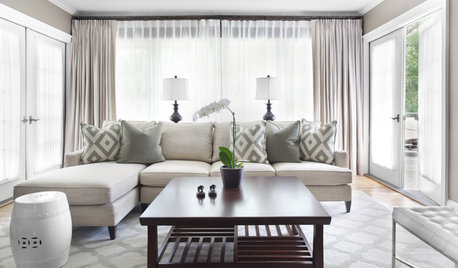
GRAYChoosing Paint: How To Pick the Right Gray
Which Version of Today's 'It' Neutral Is For You?
Full Story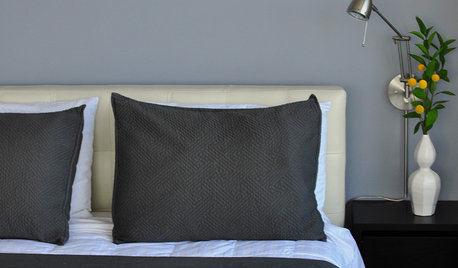
MOST POPULAR50 Shades of Gray
Gray is hotter than ever, thanks to a hit novel full of risks and dark secrets. Tell us: Which paint shade possesses you?
Full Story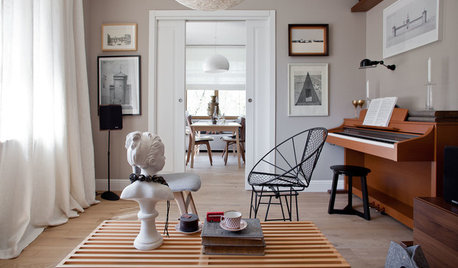
DECORATING GUIDESColor of the Week: Decorating With Warm Gray
Tired of tan? Getting gloomy from cool gray? Make warm gray your new go-to neutral
Full Story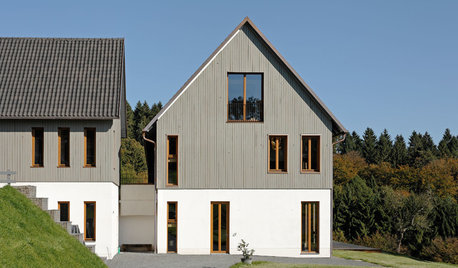
EXTERIOR COLORExterior Color of the Week: 7 Ways With Warm Gray
See why this hue can be the perfect neutral for any house
Full Story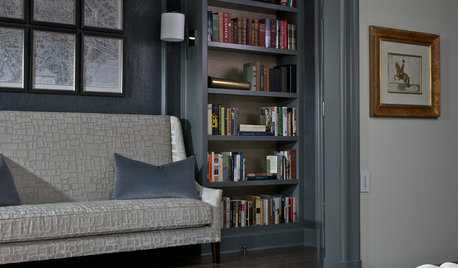
COLORHow to Layer Tones of Gray for Depth and Harmony
Use texture, pattern, contrast and more to create a subtle, sophisticated look with this popular color
Full Story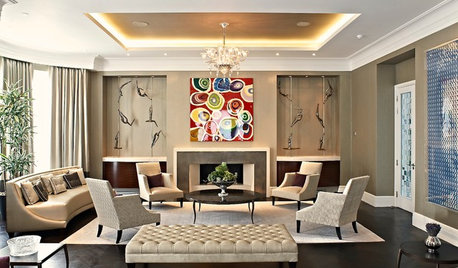
MOST POPULARRethinking Beige in a World Gone Gray
Gray, the ‘it’ neutral of recent years, has left beige in the shade. But is it time to revisit this easy-on-the-eyes wall color?
Full Story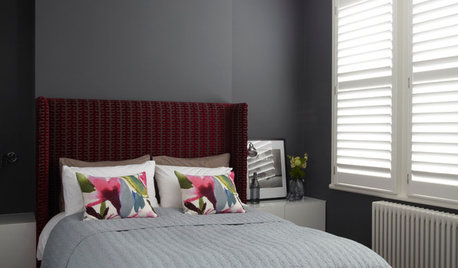
COLORDreaming in Color: 8 Gorgeous Gray Bedrooms
With this versatile hue, you can go dark and bold or slip into something more soothing
Full Story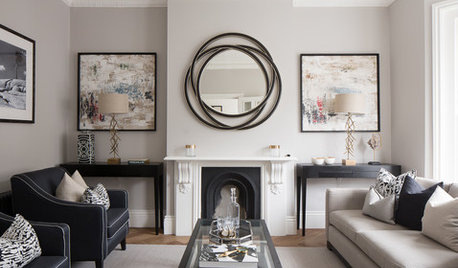
MOST POPULARWhat’s Your Neutral: Beige or Gray?
A designer shares 10 tips for using the neutral shade that works best for you
Full Story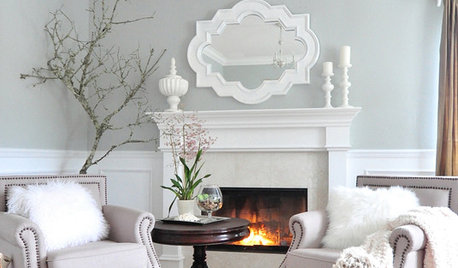
GRAYColor Guide: How to Work With Light Gray
The hottest new neutral can be cool or warm, formal or casual, and feminine or masculine. Talk about versatile
Full Story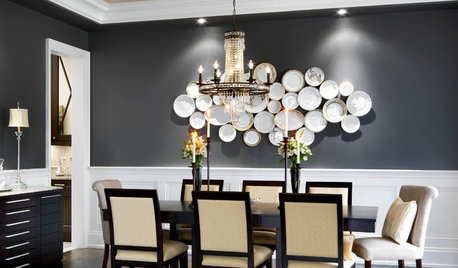
DINING ROOMSColor Feast: When to Use Gray in the Dining Room
The right shade of gray pairs nicely with whites and woods to serve up elegance and sophistication
Full Story





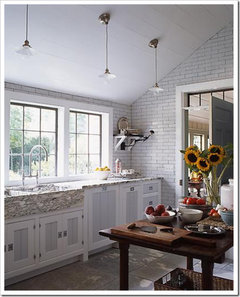
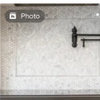

bridget helm